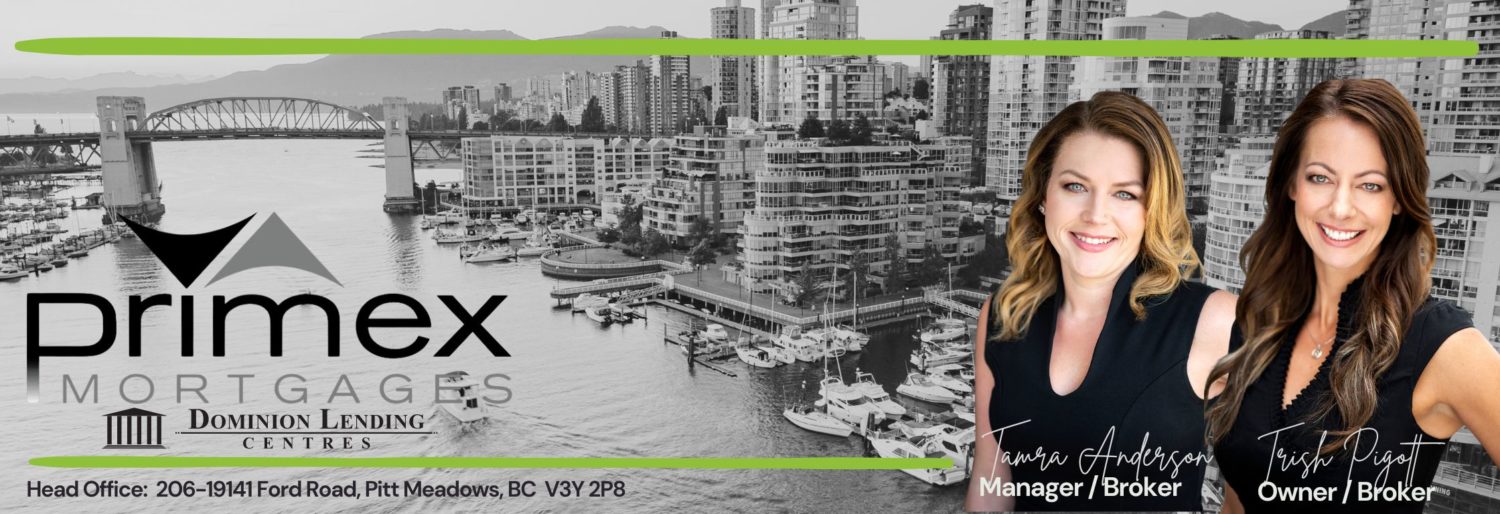The question of whether it’s better to lease or buy a vehicle is a common dilemma. And do you buy or lease a new or used vehicle? The answer depends on the specifics of your situation.
It’s important to realize that many consumers overburden themselves with car leases or loans they simply can’t afford. While most of us require a vehicle to get to and from many destinations throughout the course of any given week, we don’t need a high-end vehicle to serve this purpose.
The key to remember when you’re looking to purchase a home and obtain a mortgage or refinance an existing mortgage is that, if you overspend on a vehicle, it affects your debt ratios and may restrict or negate your mortgage financing ability.
Leases and purchase loans are simply two different methods of automobile financing. One finances the use of a vehicle while the other finances the purchase of a vehicle. Each has its own benefits and drawbacks.
When making a lease-or-buy decision, you must, therefore, look at your financial abilities in terms of your debt ratios. And if you’re unsure about how leasing or purchasing a vehicle will affect your ratios, it’s best to speak to a Dominion Lending Centres Mortgage Professional prior to making your decision.
When you buy, you pay for the entire cost of a vehicle, regardless of how many kilometres you drive. You typically make a down payment, pay sales taxes in cash or roll them into your loan, and pay an interest rate determined by your loan company based on your credit history. Later, you may decide to sell or trade the vehicle for its depreciated resale value.
When you lease, you pay for only a portion of a vehicle’s cost, which is the part that you “use up” during the time you’re driving it. You have the option of not making a down payment, you pay sales tax only on your monthly payments, and you pay a financial rate, called a money factor, which is similar to the interest on a loan. You may also be required to pay fees and a security deposit. At lease-end, you may either return the vehicle or purchase it for its depreciated resale value.
As an example, if you lease a $20,000 car that will have, say, an estimated resale value of $13,000 after 24 months, you pay for the $7,000 difference (this is called depreciation), plus finance charges and possible fees.
When you buy, you pay the entire $20,000, plus finance charges and possible fees. This is fundamentally why leasing offers significantly lower monthly payments than buying.
Lease payments are made up of two parts – a depreciation charge and a finance charge. The depreciation part of each monthly payment compensates the leasing company for the portion of the vehicle’s value that is lost during your lease. The finance part is interest on the money the lease company has tied up in the car while you’re driving it.
Loan payments also have two parts – a principal charge and a finance charge. The principal pays off the full vehicle purchase price, while the finance charge is loan interest. Since all vehicles depreciate in value by the same amount regardless of whether they’re leased or purchased, however, part of the principal charge of each loan payment can be considered as a depreciation charge. Just like with leasing, it’s money you never get back, even if you sell the vehicle in the future.
The remainder of each loan principal payment goes toward equity – or resale value – which is what remains of your car’s original value at the end of the loan after depreciation has taken its toll. The longer you own and drive a vehicle, the less equity you have.
With leasing, you may have the option of putting your monthly payment savings into more productive investments, such as your mortgage, an investment property or a vacation home, which will increase in value. In fact, many experts encourage this practice as one of the benefits of leasing.
